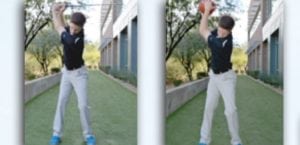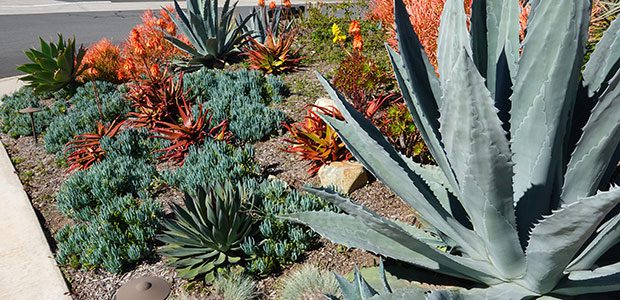By Brian Schulte
FAFS, NG360, TPI
Spooner Physical Therapy
Every year, golf companies come out with their latest and greatest in equipment. Drivers offering 10 extra yards, more forgiving irons, better golf balls promising increased ball flight, the list goes on. Although getting a brand new driver is exciting, golfers have to understand that venture will only take them to a certain point. The USGA has established limits on how efficiently a golf club can work, governing no more than an 83-percent transfer of the energy from the head to the ball. So although certain clubs may fit your swing better than others, the ceiling only goes so high. But there is once piece of equipment that you already have access to, you use for every shot, and is ungoverned by the USGA…and that’s you! Improving your body will not only help you on the golf course, but will help you move and feel better off the golf course, something that new driver probably won’t do.
In the last issue of Desert Ridge Lifestyles, my colleague here in Scottsdale Jeffrey Foucrier, PT, DPT, OCS, CMTPT spoke on the prevalence of injuries in golfers and provided some tips on how to avoid low back pain when you play. Here are a few more tips on what exactly you can do to get your body golf-ready.

Warm up dynamically
Prior to playing/practicing, research has shown that warming up dynamically (active range-of-motion movements) increases performance over static stretching (stretch-and-hold with no movement) or no stretching at all. One study in particular showed an increase in ball speed, more centered impacts on the face, and straighter swing paths, compared to the static stretching/no stretching group. So get your body moving before you tee off!
Exercise
Last time I checked, golf isn’t a sport most of us play sitting down. Avoid the machines, get on your feet, and start moving functionally. In other words, your golf exercises should look and feel like…golf! I love using medicine balls to help with strength, speed, and balance in the golf swing.
To ultimately hone in on what you should be focusing in on your workout, seek out an NG360 or TPI certified professional, Fellow of Applied Functional Science, or golf-savvy movement specialist to help assess, treat, and train the best equipment you have available.
Here’s to you swinging your way to better Health in Motion!
For all of your golf-fitness questions, contact Brian at b.schulte@spoonerphysicaltherapy.com or at Spooner Physical Therapy Scottsdale (480) 860- 4298.
Moran, K. A., McGrath, T., Marshall, B. M., & Wallance, E. S. (2009). Dynamic Stretching and Golf Swing Performance.International Journal of Sports Medicine, 113-118.








